What Spinning Reel Size is Best for Bass Fishing?
Share this article with every angler you know!
When it comes to fishing gear, the number of options you have is practically endless, and that leads to tons of questions about which lures you should use, what weights are perfect for which rigs, what rod strength and action combinations are best for specific things, and even which pliers you should use for simply crimping split shot.
Newsletter Signup
Naturally, reel size comes up fairly frequently; especially with spinning reels since they’re more commonly used across all skill levels and are some of the most flexible reels out there.
So, which reel size is best specifically for bass fishing? Well, there are a couple of different angles to look at that question from.
Let’s go over some basics to consider and what a reel’s size even means, and then we’ll go over some suggestions you can use to tailor your reel to your style.
Why is a Reel’s Size Important?
The size of your reel determines much more than just its physical stature. Smaller reels have lighter components meant for specific fishing styles, while more robust reels are heftier and more powerful in general.
Of course, other factors go into whether or not a specific reel is good for your intended purpose. Things such as the spinning reel's gear ratio will greatly affect its performance regardless of its size. A big reel with a poorly-suited gear ratio might not reel in line fast enough to properly use certain lures, and even the amount of drag, and how that drag is applied, can make a reel better or worse for bass fishing due to the extreme fight they put up and their varying sizes.
For bass fishing, it’s more common to go with a spinning reel in the mid-range in terms of size, as that allows for the most flexible use of lures when it’s a high-quality reel. However, that doesn’t mean going with the middle ground is the best option.
The Three Best Spinning Reel Sizes You Need for Bass
The middle ground is a great place for general bass fishing, but there are actually three spinning reels, along with appropriate rods, lures, and lines, that have a place in every bass fisherman’s repertoire.
Keep in mind that bass come in a wide range of sizes, will attack a massive selection of lures, and there really isn’t a “one-size-fits-all" solution to finding consistent success. It all comes down to picking the right gear and technique at the right time.
With that in mind, here are the three spinning reel sizes you need; along with in-depth notes and gear pairing recommendations.
The Middle of the Road
The middle of the road is where most bass fishermen should start. These reels aren't too big to throw lighter rattle traps and swimbaits, but they're not so small that tossing anything bigger than a weightless soft plastic will make your drag kick in. These are flexible reels that can handle the vast majority of situations you find yourself in, but they lack the specialization that more extreme examples have.
Size Rating:
For a reel to be considered a "middle of the road" option, it needs to be in the 4000-5500 range. This is medium-size, and it's perfect for lines ranging between 10 and 14-pound test strength.
Rod Pairing:
You do not want to mix and match your reel size with your rod size. There's a standard that you need to stick to. For medium-sized bass fishing setups, you'll want to pair your medium-sized reel with a 7 to 9-foot rod.
Ideally, the rod should be a medium-action rod with a fast tip to really make use of the flexibility this size range has. This will allow your medium-sized reel to toss the most common lures more than far enough to reach prime fishing spots from the bank, but you still won't feel like you're swinging a broomstick around.
What Lures to Use:
Your reel size will determine how lures behave with your overall setup. With a medium-sized reel, you have a lot of room for experimentation. You can use most soft plastic rigs, spinnerbaits, rattle traps, crankbaits, jerk baits, and more with ease. You might even be able to choose slightly lighter or heavier lures with minimal effect on your fishing capabilities.
However, it’s always best to stay away from the extremes with these reels.
With very lightweight lures, such as weightless soft plastics or smaller lures meant to imitate bugs, the lure might have too much friction for the lure to go much further than a few feet from our rod’s tip. This is compounded by the weight of your rod and the line you typically use with this type of reel. Luckily, there’s a specific reel size you can use to make that a possibility, but we’ll get to that later.
The other end of the spectrum, heavy lures, is also something you want to avoid. Yes, you'll likely get extremely far casts by putting a 2-ounce swimbait on a medium reel with appropriate gear pairings, but it will also feel like you're reeling in brick, and you'll notice that you're not nearly as capable of telling whether or not a fish is biting. This throws your entire fishing game off, and it's best to use a more specialized setup for lures that are heavier.
For reference, ¼ to ½ ounce lures are best for a 4000-5500 series rod. The lightest you’ll want to use is 1/8-ounce, and the heaviest you should try is a ¾-ounce lure.
Gear Ratio to Look for:
For a high-quality, medium-sized, spinning reel, you'll want to get a reel with a 6:1 gear ratio. This will allow you to reel appropriately sized lures very quickly, but it's not so powerful that you'll be zipping fish across the surface like chump change.
6.4:1 and 6.3:1 ratios are the most common versions of this, but the difference is typically a couple of feet worth of faster reel speed.
Heavy Setups for Trophy Bass and Plunging Through Topwater Debris
Sometimes, you don’t care about the average-sized bass. You head out on the water specifically to catch your next personal record, and you’re willing to plop lures through thick mats of surface material to fight a big 20-pounder into your boat.
For this, a medium-sized reel simply won’t cut it. The rod you’ll use will be much closer to a broomstick, the line you use will be extremely heavy, and the lures you use will almost feel like baitfish on smaller rod setups.
We’re talking about heavy reels.
Size Rating:
Heavy reels in general range from 6000 series reels to 30,000 series reels. However, you won’t be touching anything close to a 30,000 series reel as a bass fisherman. Those are for off-shore fishermen targeting larger ocean species.
For bass fishing, you'll want to stick to reels in the 6000 to 7000 range. These reels are best paired with a line that is 14 pounds to 30 pounds in test strength, and you'll typically want to stay in the teens or twenties with that.
These spinning reels hold a ton of line. So, get ready for some long-range casts with specific setups.
Rod Pairing:
With a heavy reel, you’ll want to stick to rods between medium-heavy and heavy-strength designations. Some anglers use ultra-heavy rods with reels towards the end of the size range, but that’s usually a bit of overkill and far too limited in lure usage to suit bass fishing well.
Since these rods are much stiffer, it’s best to get the fastest tip you can find; you’ll rely heavily on the movement of the tip, or your finger on the line, to determine lighter bites.
The issue with this is that throwing lighter lures, including many lures that are considered medium-sized lures, is more or less not an option. The rod is too stiff, and the reel isn't as focused on reducing friction. Lighter lures simply won't get the momentum to go where you want them to.
What Lures to Use:
Like we just said, lighter lures are pretty much a no-go with this option. The lures just don’t have enough weight to gain casting momentum.
However, you can get away with some of the heavier medium lures such as ½ ounce and ¾ ounce lures. This is especially true if you go for a medium-heavy with a 6000-6500 series reel; providing you with more flexibility, but still being specialized enough for those big bass you’re targeting.
Mainly, you’ll want to use this type of reel when you’re aiming to use larger swimbaits, heavier football jigs you punch through mats, and even topwater lures. For the prior recommendations, the purpose is obvious. They’re heavier and need a more robust setup to work well. For topwater frogs, you’re aiming to deal with the bigger fish that are likely to explode from the surface and put up a massive fight.
As you can see, these reels are geared toward catching larger fish. There's rarely a reason to go with anything heavier than a 6000-6500 with a medium-heavy rod unless you're using more advanced fishing techniques and targeting your next personal best.
Gear Ratio:
For larger reels, you want a lower gear ratio. Generally, this means a 5:1 ratio that allows for smooth retrieval with a lot of oomph behind it. However, your drag is also important. Keep in mind you’re targeting larger bass, and a 10kg drag rating is the minimum for this size of reel. Anything lower, and you’ll probably get burnt out pretty quickly.
Light Fishing for Smaller Lures and Lethargic Fish
Light fishing is a great way to show off your fighting skills, use smaller, more intricate lures, and target bass when they’re really lethargic and not looking to chase down your massive swimbait.
The type of setup you'll want to use with this type of rod will be a lot less robust than the previous recommendations, but it's also a lot more sensitive and capable of picking up even the slightest nibbles. As a bonus, you can quickly switch off from an uneventful afternoon of casual bass fishing to take advantage of the large swarms of bluegill to get the most out of your fishing trip; that is if you're a flexible fisherman just looking for a bit of excitement instead of going after personal bests.
Size Rating:
These are reels that are between 2000 and 4000 on the rating scale. There are 1000 series reels, but those are almost exclusive to pan fishermen. We recommend sticking to the 3000 series reels, as 2000 is usually too close to the pan fishing range and a little too specialized. 3000 series reels give you a little bit of flexibility to switch between light and light-medium lures.
6 to 8-pound test line is recommended.
GET BASSFORECAST APP HERE
Rod Pairing:
For a rod in this range, you want a light or medium-light rod. Medium is too heavy, and ultra-light rods are geared for 1000-2000 series reels almost exclusively.
These are highly sensitive, and you will feel every jerk and splash the bass throws at you.
What Lures to Use:
You’ll want to stick to smaller lures for this setup. If you’re using a light rod with a 2000-3000 series reel, you’ll want to use lightly weighted soft plastics, or even weightless rigs, along with small spinners such as the classic BeetleSpin in 1/8-ounce variations. Branching out to larger jigs and similar lures is usually a bit too much.
If you use a 3000-3500 series reel, you can use smaller jerk baits and even lighter drop-shot rigs.
You will likely catch small to medium-sized bass with this type of setup, and if you catch a true beast of a bass, get ready to fight perfectly or lose your line entirely.
Gear Ratio:
A 7:7:1 gear ratio is perfect for this. It can reel quickly, and it won’t start skipping smaller fish across the surface. However, you will want at least 30 pounds of drag to ensure you can handle the bass you hook into.
Try All Three
Most fishermen will find one setup they really like, and they'll use that for general-purpose fishing. However, you really need to be equipped for every occasion if you want to consistently catch high-quality bass.



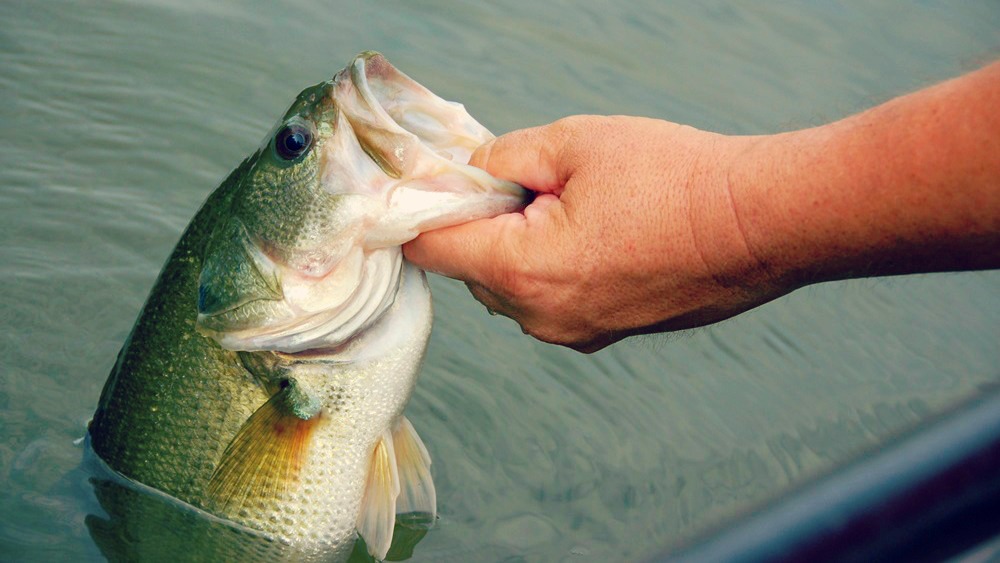

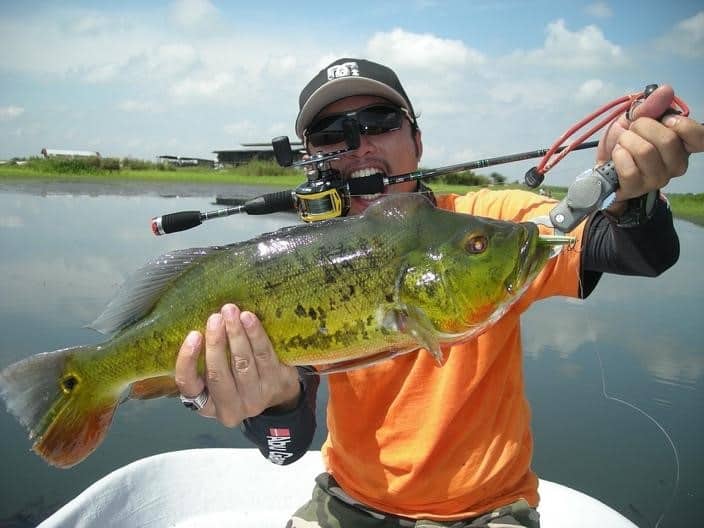
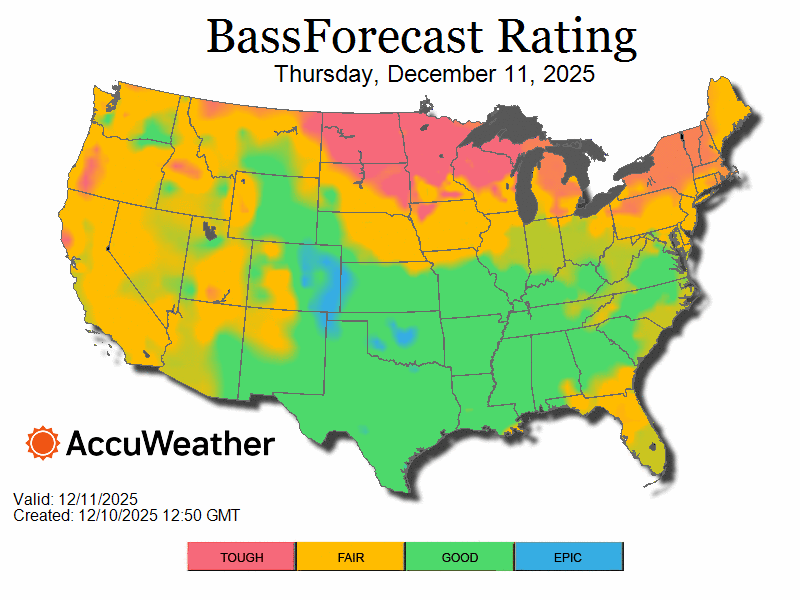
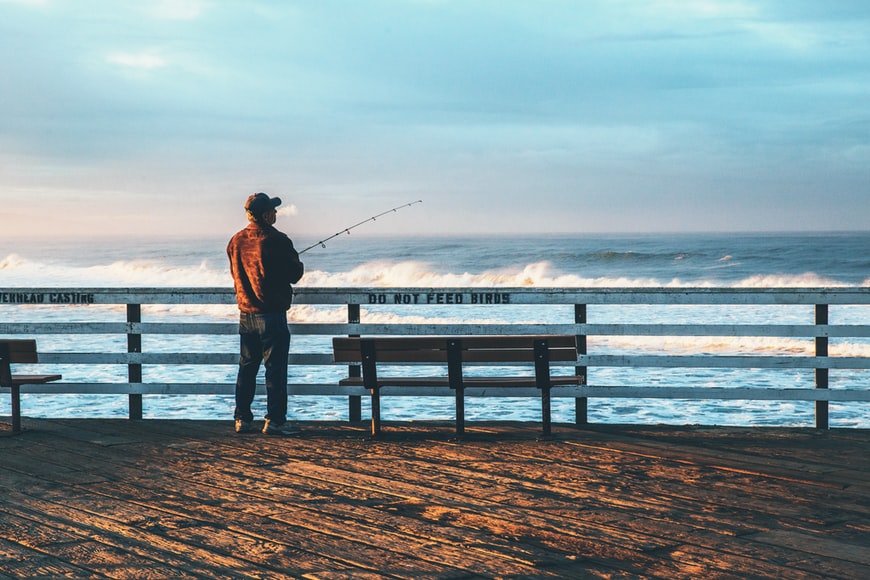
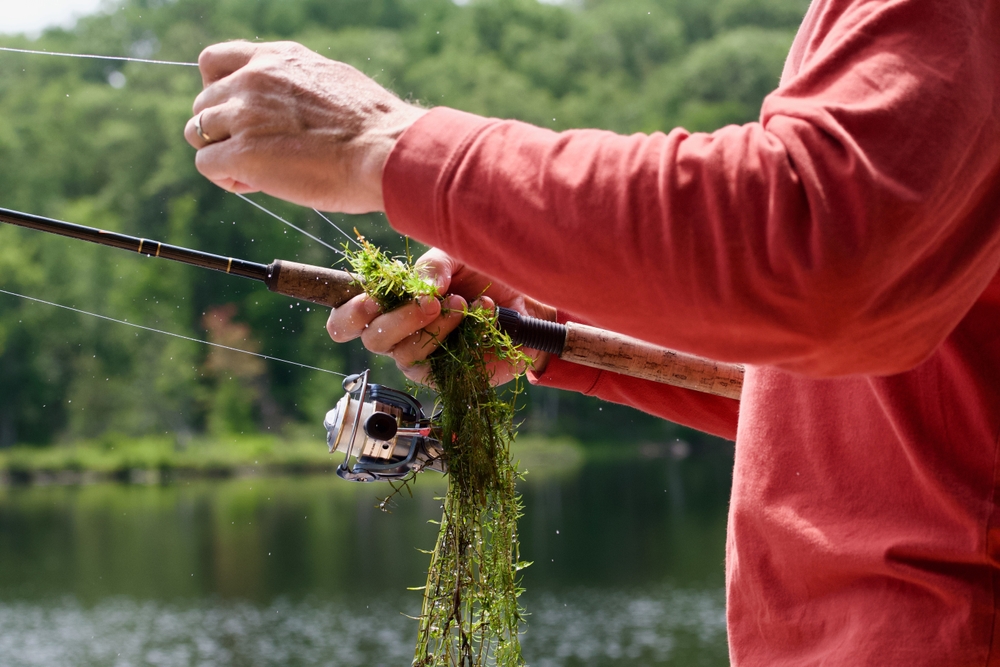
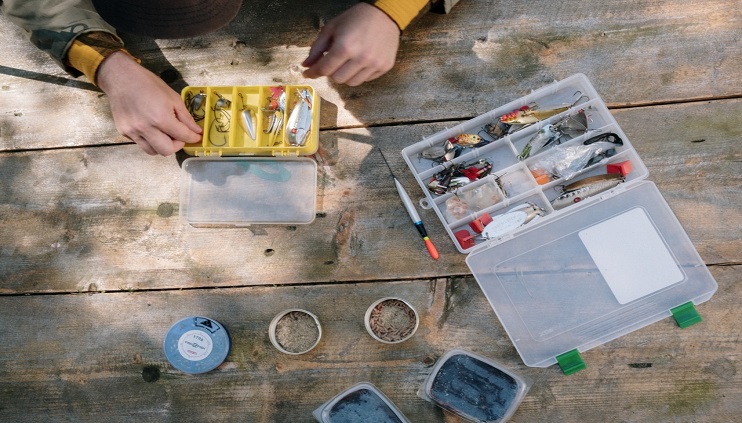

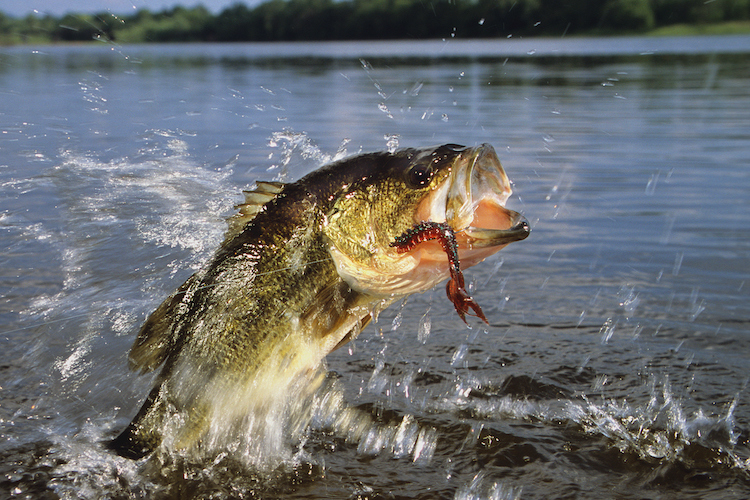
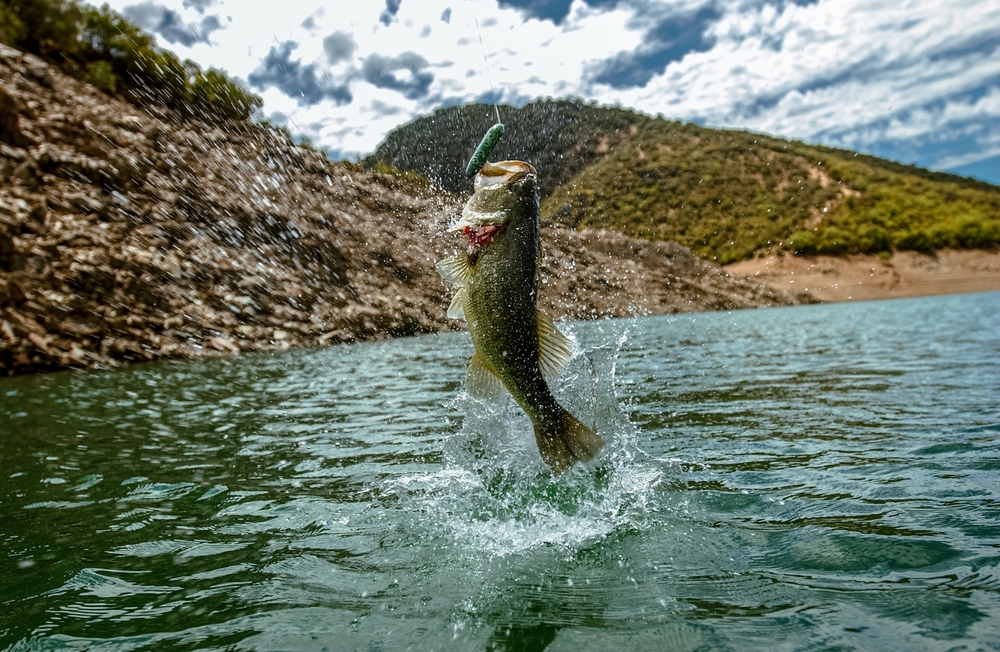
.jpg)

.png)
.png)